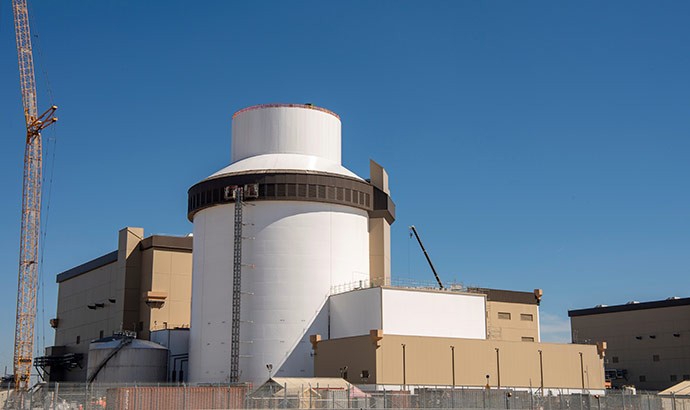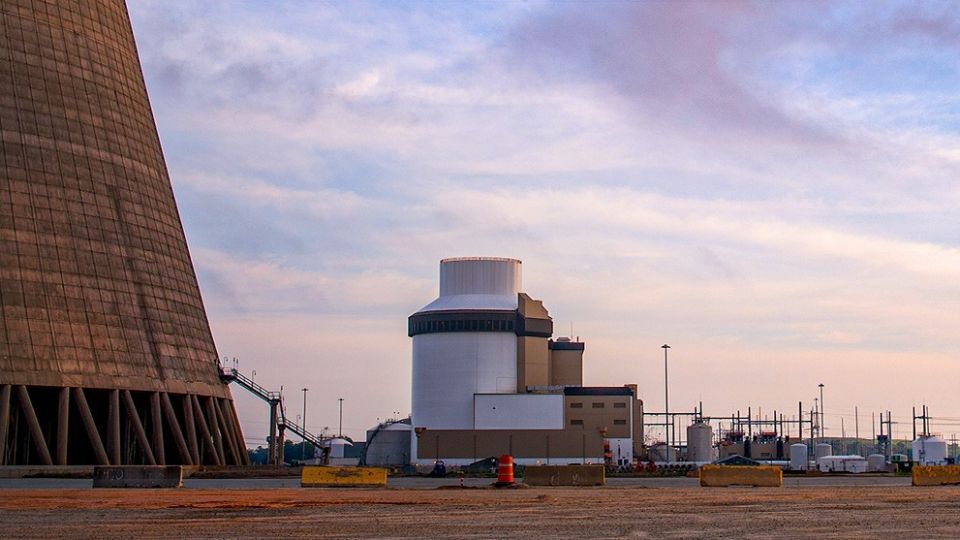The issue: Georgia Power Co., the largest subsidiary of Southern Company and lead owner of Plant Vogtle, in Waynesboro, Ga., said the problem was discovered during startup testing in a pipe that is part of the reactor’s automatic depressurization system. Utility spokesperson Jacob Hawkins told the Associated Press that the pipe needed additional bracing.
Now Southern must get approval from the Nuclear Regulatory Commission for a license modification. The company hopes to bring Vogtle-4 on line sometime between April and June, a delay that will cost Georgia Power and other co-owners at least $30 million.
The background: Vogtle-3 and -4 are the first new commercial reactors to be constructed in the United States in more than 30 years. Unit 3, the nation’s first Westinghouse-supplied Generation III+ AP1000 reactor, began operations July 31, 2023. It joined Vogtle-1 and -2—1,169-MWe four-loop pressurized water reactors that entered commercial operation in the late 1980s.
Fuel loading for Unit 4 began last August, followed by startup testing to demonstrate the integrated operation of the primary cooling system and steam supply with fuel inside.
The cost: Vogtle’s costs and delays have been the subject of much scrutiny, possibly deterring other companies from building large reactors. When the Georgia Public Service Commission approved construction of the new units in 2012, Vogtle-3 was expected to start generating power in 2016, with Vogtle-4 in quick succession.
The plant’s price tag soared from an original cost estimate of $14 billion to more than $30 billion.
The benefit: The new units are part of Georgia Power’s commitment to deliver clean, safe, reliable, and affordable energy to its 2.7 million customers.
Each new Vogtle unit produces enough carbon-free electricity to power 500,000 homes and businesses for the next 80 years. Once the fourth unit at the site is up and running, Georgia Power said that the nuclear facility will be the largest generator of clean energy in the United States.









